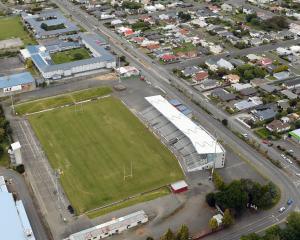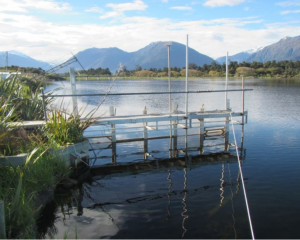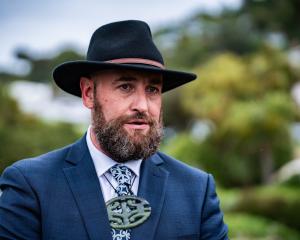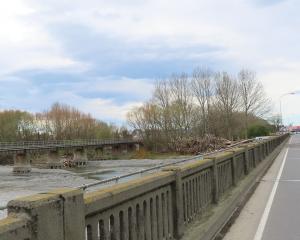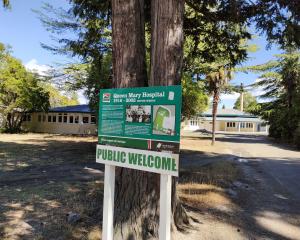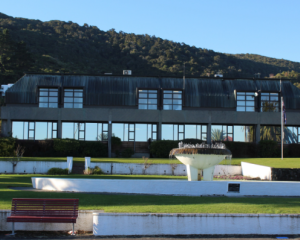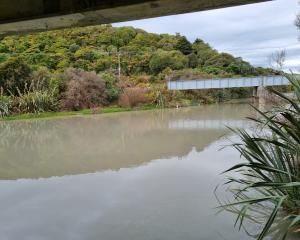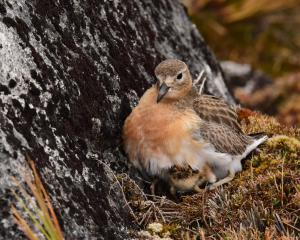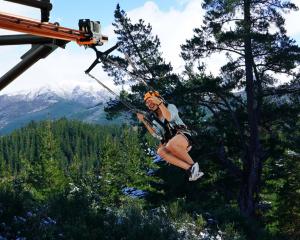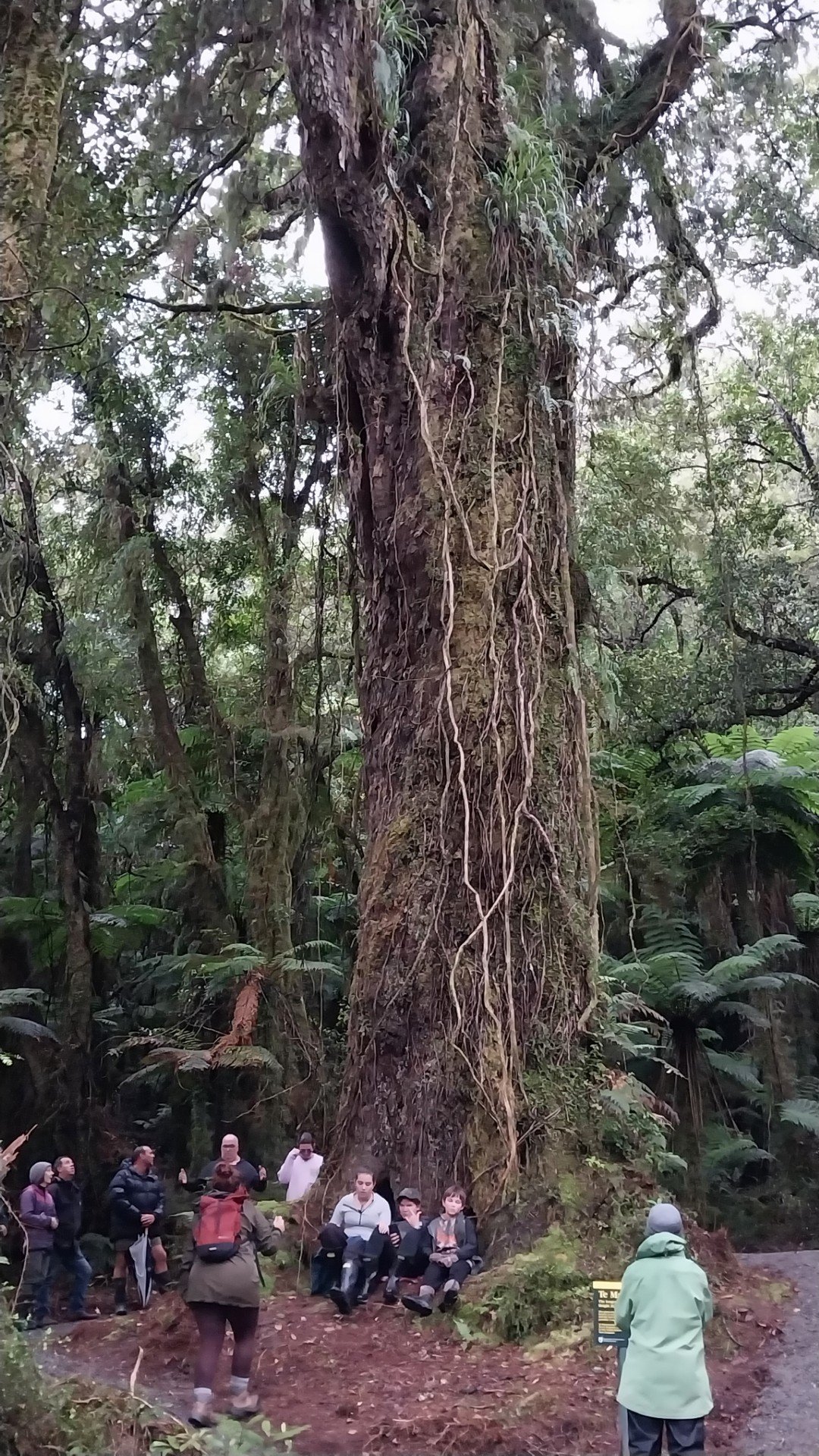
The tree has been formally recognised as the largest known rimu in the South Island, with public access to the site opening after years of community effort.
The giant rimu — Te Mānawanui — stands high on a hillside, several kilometres north of Hari Hari.

The ancient tree is 35.1m tall, has a girth of 7.9m, with its crown 28m across, following assessment under the NZ Notable Tree Register.
Te Mānawanui has been formally named by members of a youth charity at Dargaville, 1300km away in Northland, and where New Zealand’s other significant forest giant Tāne Mahuta proudly stands at more than 50m high.
Te Mānawanui is close to the access road for the community-owned Amethyst power scheme.
The tree, along with other significant rimu, Mahanga a Tāne (twins of Tāne), was discovered almost by accident when two Westland men dove off a roadside a few years ago.
Former Hari Hari Community Association chairman Lindsay Molloy and Hokitika man Philip Barker identified the trees.
In 2010, the Department of Conservation granted a concession to community-owned Westpower to construct access for the small Amethyst power scheme ... on condition significant trees in the area were identified, Mr Molloy said.
"At the time, the thought was any timber could be kept for the new community hall. At that stage the significant trees were identified," he said.
However, it was not until several years later when he read of Mr Barker’s quest to identify the biggest West Coast trees that they made the surprise discovery.
At that stage a large rimu in the Grey Valley and another near Karamea were thought to be the biggest.
"I thought, well I can remember some pretty good trees here," Mr Molloy said.
On a scramble through bush, they first found the 34m Mahanga o Tāne, with a girth of 7.7m and a 25m crown — it turned out to be two trees grown together.
"However, on the way out we just happened to walk off the [road] side and saw the canopy of another big rimu," Mr Molloy said.
"I thought Phil was going to wet his pants — it was so big."
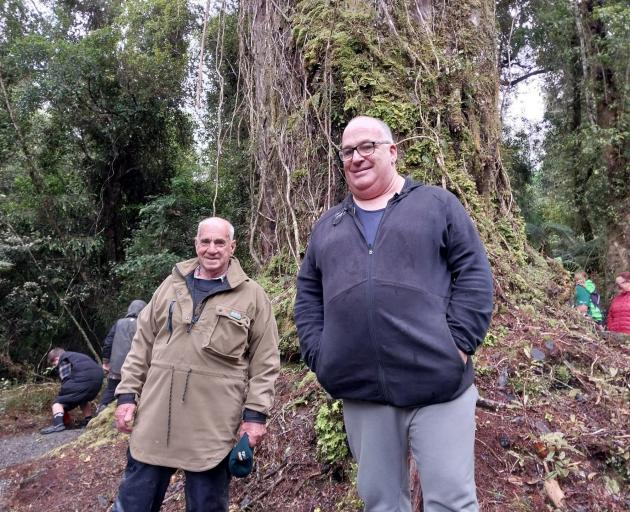
"Do I think it’s the biggest tree on the West Coast? No I don’t. It is a magnificent example of old New Zealand. It is very credible that this tree is approximately 1000 years old."
Mr Molloy said the discovery of Te Mānawanui and its measurement sparked the idea: "can we make a feature of this?"
About then, the Dargaville Youth Charitable Trust, which provide experiences to help broaden the outlook of local youth, happened to be visiting Hari Hari.
"They were quite impressed with the trees, but they said, ‘what are their names?"’
Mahanga o Tāne (twins of Tāne) and Te Mānawanui — in honour of the latter’s steadfast history over at least 1000 years — were arrived at with agreement from the local rūnunga.
Mr Molloy said the link with the northern youth imbued living significance through its roots and branches beyond the area.
"It’s not just about a big tree."
With the Department of Conservation support, tracks and markers were installed.
The site was formally dedicated last Wednesday in conjunction with Te Rūnunga o Makaawhio.
Department of Conservation’s South Westland operations manager Wayne Costello said it was gratifying to highlight a natural feature within an area renowned to be "quite hard work" to maintain visitor access despite the elements.
It was a living reminder of what "can endure" despite 1000 years or more of human and natural history, he said.
The community association had been "quite persistent" to finally achieve what it had done, he said.
— Brendon McMahon, Local democracy reporter
— LDR is local body journalism co-funded by RNZ and NZ On Air.


